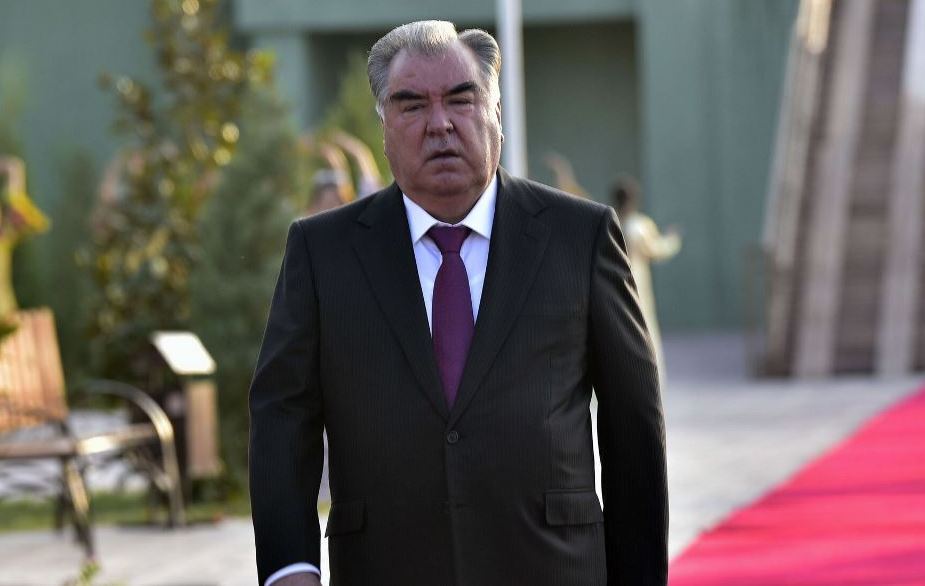Tajik President Emomali Rahmon will depart for New York on March 20 to participate in the 2023 Conference for the Midterm Comprehensive Review of Implementation of the UN Decade for Action on Water and Sanitation (2018-2028), according to the Tajik president’s press service.
Co-hosted by the Governments of Tajikistan and the Netherlands, the UN 2023 Water Conference will take place from March 22-24.
The conference will include an opening and closing session, six plenary sessions, and five interactive dialogues, as well as side events organized by participants. It will result in a summary of proceedings from the United Nations General Assembly (UNGA) President that will feed into the 2023 session of the UN High-level Political Forum on Sustainable Development (HLPF).
The Tajik president’s press service says Tajik leader, speaking at the conference, plans to focus on the problem of gradual melting of glaciers.
Recall, Emomali Rahmon on October 26, 2021 virtually attended the UN High-Level Meeting on Delivering Climate Action for People, Planet and Prosperity.
He, in particular, suggested that the UN declare 2025 as the International Year for Glaciers Preservation and set a specific date when the world can celebrate the World Glaciers Day.
"Taking this opportunity, I would like to reiterate Tajikistan's proposals to declare 2025 as the International Year for Glaciers Preservation and to set a specific date for the World Glaciers Day. Tajikistan has called on the international community on multiple occasions to establish an International Fund for Glacier Preservation to enable us to jointly mobilize our efforts and resources to take practical steps in protecting glaciers as the main source of clean water," the president said.
Tajikistan has more than 8,000 glaciers, 19 of them large. They are involved in feeding the main rivers of the republic and during the hottest days of summer they give fresh water, which is very necessary not only for Tajikistan, but also for other countries of the Central Asian region. In recent decades, under the influence of climate change, some large glaciers have shrunk and retreated by kilometers. Scientists argue that the melting of glaciers is virtually irreversible, and the industrial age has only accelerated the process.
Tajikistan is the leader in the number of glaciers in Central Asia. Although glaciers cover only 6-8% of the country’s territory (8,476.2 square kilometers), they hold several hundred cubic kilometers of fresh water. The main share of glaciation is concentrated in the territory adjacent to the highest peaks of the republic – the peaks of Somoni and Abu Ali ibn Sino.
Large glaciers in Tajikistan feed the Amu Darya and Zarafshon river systems, whose water flows down to the downstream countries – Uzbekistan, Turkmenistan and Kazakhstan. Therefore, it is customary to say that most of the region’s water is generated in Tajikistan.




